Chocoflan: Baking and Doneness Temperatures for a Baking Magic Trick
It is common to refer to baking as “magic” or “alchemy,” and those terms are undoubtedly apt. After all, we’re taking one substance and transmuting it into something else. But in no other dish of which I can think is the application of magical terminology more appropriate than in the chocoflan.
Chocoflan, sometimes called the “impossible cake,” is made by pouring chocolate cake batter into the bottom of a fluted tube pan, 2 then carefully pouring uncooked flan custard on top of it. What’s so impossible about that? During cooking, the cake and the flan switch places! You end up with flan in the bottom of the pan and chocolate cake on top. Unmold it, and you have two layers: flan atop cake.
I know that magicians aren’t supposed to reveal their tricks, but in this post, we’ll explain how the impossible cake is not only possible but easy to make. We’ll give you a delicious recipe (via bakefromscratch.com) for a delicious citrus-inflected chocoflan, and we’ll talk you through the thermal principles and critical temperatures you need to make this show-stopping dessert. Let’s jump to it!
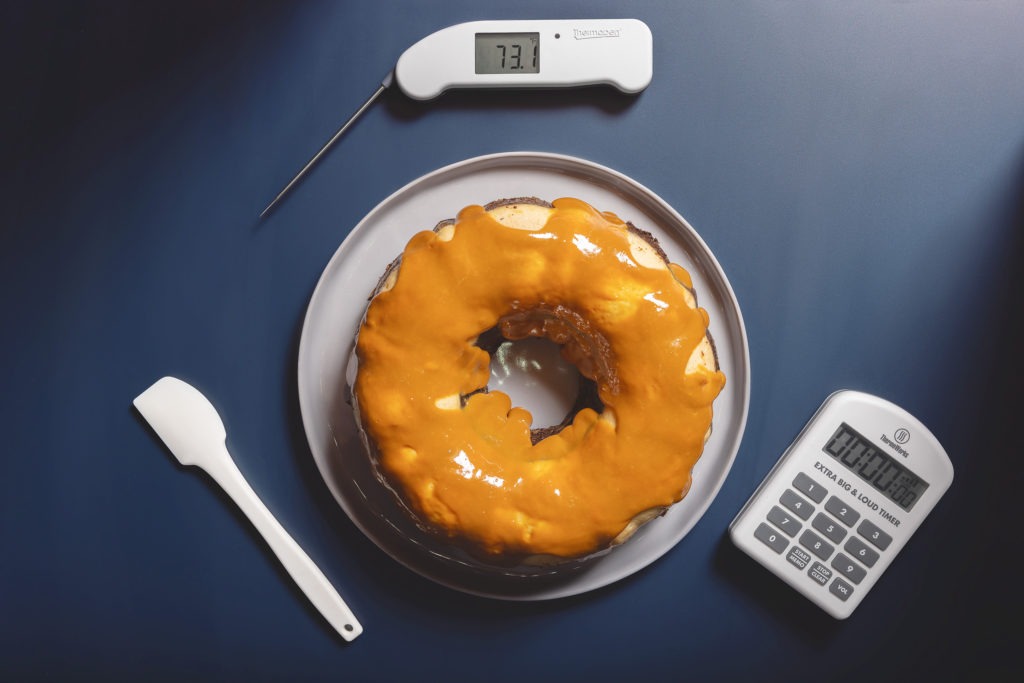
Why does chocoflan switch places?
Let’s start with the big question: how does chocoflan invert itself in the oven? The answer is remarkably simple, actually.
When the cake batter in the bottom of the pan heats up, the leavening agents in it release carbon dioxide gas. This reaction is what makes regular cakes light and fluffy, and the cake in chocoflan is no different. As the batter fills with air, it becomes less dense and rises up through the liquid layer above it. Think of blowing up a balloon underwater—though the empty balloon might have stayed below, the filled balloon will rise.
the cake batter rises, and the flan liquid, not yet set, flows down into the bottom of the pan. The magic lies in leavening, which creates a density differential. Hardly impossible!
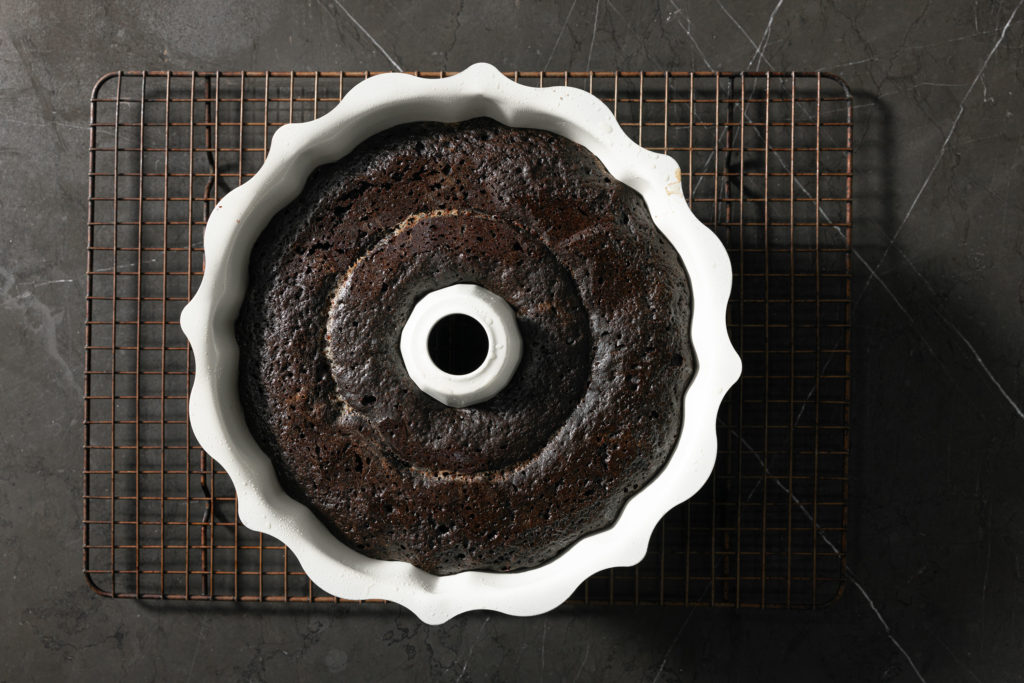
Chocoflan temperatures
Chocoflan baking temperature
Getting the magic flip to happen is dependent on temperature. If the oven is too cool, the leavening agents won’t react well enough before the starches gelatinize. The result is a dense cake that won’t be light enough to rise up through the flan batter. Cooking at 350°F (177°C) gives the leavening agents the boost they need to lift the cake.
But 350°F (177°C) is too hot for cooking flan—it needs protection. To prevent the flan from scorching, we cook the cake in a hot water bath. As the flan sinks below the cake, it finds itself insulated from above by bubble-filled cake and insulated from below by the hot water that surrounds it and limits its temperature to 212°F (100°C) (or your local boiling temperature).
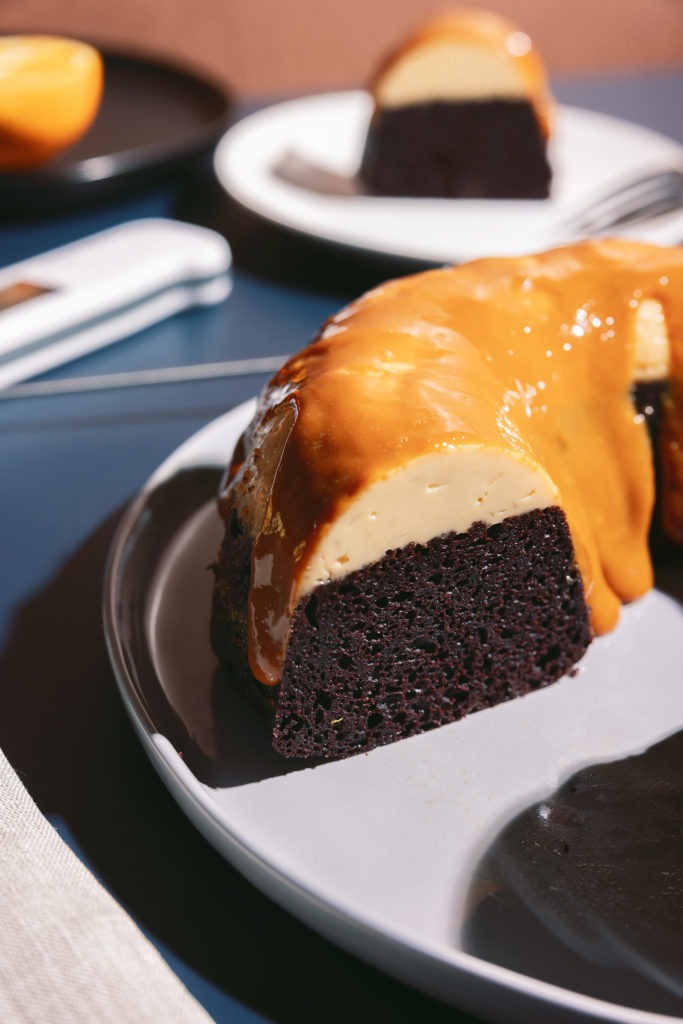
One place where excess heat can leak into the flan is at the junction between the bottom of the cake pan and the water bath pan in which it sits. To prevent dark spots on top of the flan, lay a tea towel in the bottom of the water bath pan before putting the chocoflan pan in it. Then add the hot water to completely cover the towel and go one inch up the sides of the pan. The tea towel will act as a buffer between the direct-heat metal of the water bath and the metal of your fluted tube pan.
Chocoflan doneness temperature
After about 1hr 45min, the chocoflan should be done. Test to see that it is, not by sticking it with a skewer to see if it comes out “clean”, but by using a fast and accurate thermometer like Thermapen® ONE. With 0.5°F (0.28°C) and one-second readings, you can get exact temperature information inside your cake. You’re looking for a temperature between 194 and 204°F (90 and 96°C) in the cake. Insert the thermometer deep in through the cake and pull it up slowly, looking for the lowest reading you see. The lowest reading is how done it is. If your cake has hit 194°F (90°C) or higher, get it out of the oven and out of the water bath so that it can start cooling. (Read more about cake- and baked-good-doneness temps.)
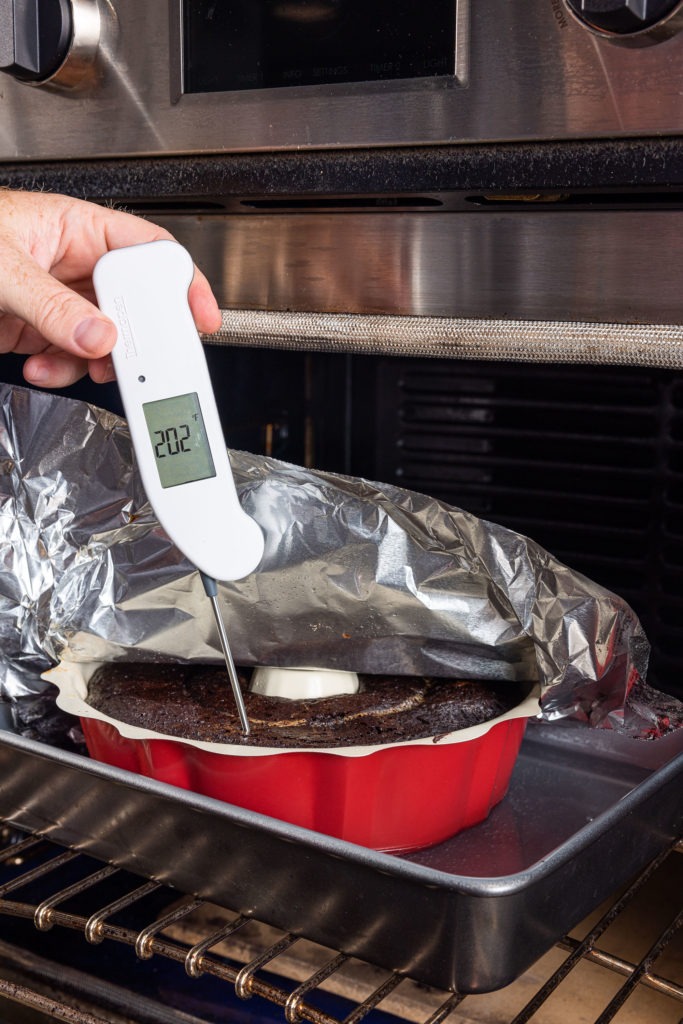
Caramel sauce for chocoflan
Flan is traditionally served in a caramel that bakes with it, but in this case, we opted for another topping. A good dose of dulce de leche is heated and mixed with fresh-squeezed orange juice, then drizzled on top of the flan. The result is fantastic, but you can top yours with anything caramelly that you like.
Once you understand the doneness temperatures, this dessert is easy to make. Whip up a cake batter, whiz together a flan custard in the blender, and cook it til it’s done. In fact, the hardest part about making chocoflan is the waiting. It needs to sit in the fridge overnight (or at least until cooled all the way through) to set up properly. And that waiting really is hard because your kitchen is going to smell like heavenly chocolate cake. But once you unmold it (the second hardest part of the cook), the reward will be tremendous. Rich, creamy flan; deep, dark chocolate cake. It’s a magic trick you’ll be excited to share. And don’t be shy about telling your audience about the critical temperatures so they can succeed as well!
Print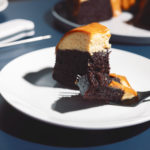
Chocoflan recipe
Description
An orangey chocoflan, adapted from bakefromsctratch.com
Ingredients
Flan:
- 3/4 C evaporated milk
- 2/3 C sweetened condensed milk
- 2 large eggs, room temperature
- 2 oz cream cheese, room temperature
- ¾ tsp vanilla extract
- ¼ tsp kosher salt
- zest of one orange
Cake Batter:
- 1¼ C (156 g) all-purpose flour
- ¾ C granulated sugar
- ½ C unsweetened cocoa powder
- ⅓ C firmly packed light brown sugar
- ¾ tsp baking soda
- ¼ tsp baking powder
- ¾ tsp kosher salt
- ⅔ C sour cream, room temperature
- ¼ C vegetable oil
- 2 large eggs, room temperature
- 2 Tbsp room-temp water
- 1 tsp vanilla extract
Topping:
- ½ C dulce de leche
- 4 tsp fresh orange juice
- ¼ tsp kosher salt
Instructions
Preheat your oven to 350°F (177°C)
Make the flan custard:
- Combine all the flan ingredients in a blender. Whiz on high for about 10 seconds, until everything is well combined.
- Strain through a fine-mesh strainer into a bowl, pressing on the solids to extract liquid and flavor.
Make the cake batter:
- Combine the dry ingredients in a bowl, whisking to homogenize.
- In another, separate, larger bowl combine whisk together the wet ingredients: sour cream, oil, eggs, water, and vanilla.
- Gradually add the dry ingredients to the wet ingredients and stir to combine. Do not over-mix, stir until just combined.
Assemble and bake the chocoflan:
- Grease the inside of a fluted tube (Bundt) pan well with cooking spray or butter.
- Spoon the chocolate cake batter into the bottom of the pan.
- Hold a spoon rounded-side-up about 1″ above the surface of the chocolate cake batter. Gently pour the flan custard over the spoon onto the surface of the cake batter.
- Cover the pan with foil.
- Place a folded tea towel in the bottom of a 9×13″ baking pan. Place the chocoflan pan in the baking pan and place it on the rack of your oven. Pour in hot—150°F (66°C)—water until it comes 1″ up the side of the chocoflan pan.
- Bake for 1 hour and 45 minutes. Use a loud timer so that you don’t miss the alarm.
- Check the doneness using your Thermapen ONE. Look for a lowest temperature between 194 and 204°F (90 and 96°C).
- Remove the chocoflan from the oven and from the water bath. Uncover and allow to sit on the counter on a cooling rack for an hour.
- Re-cover loosely with foil and place in the fridge overnight.
Make the sauce and serve:
- Remove the flan from the fridge and dip the bottom in hot water for 5 minutes.
- Meanwhile, stir together the dulce de leche, orange juice, and salt. Heat (a microwave is fine) and stir until it is drizzlable.
- Run a butterknife or an offset spatula around the central cone of the pan and around the edges. In a few spots around the edge, stick the knife in deeper and press the cake/custard away from the edge. The point is to try to break the air seal the pan has with the custard.
- Hold a large platter over the top of the pan and invert the whole thing. The chocoflan should release!
- Drizzle the flan with the dulce de leche topping and serve to an adoring audience.
Shop now for products used in this post:


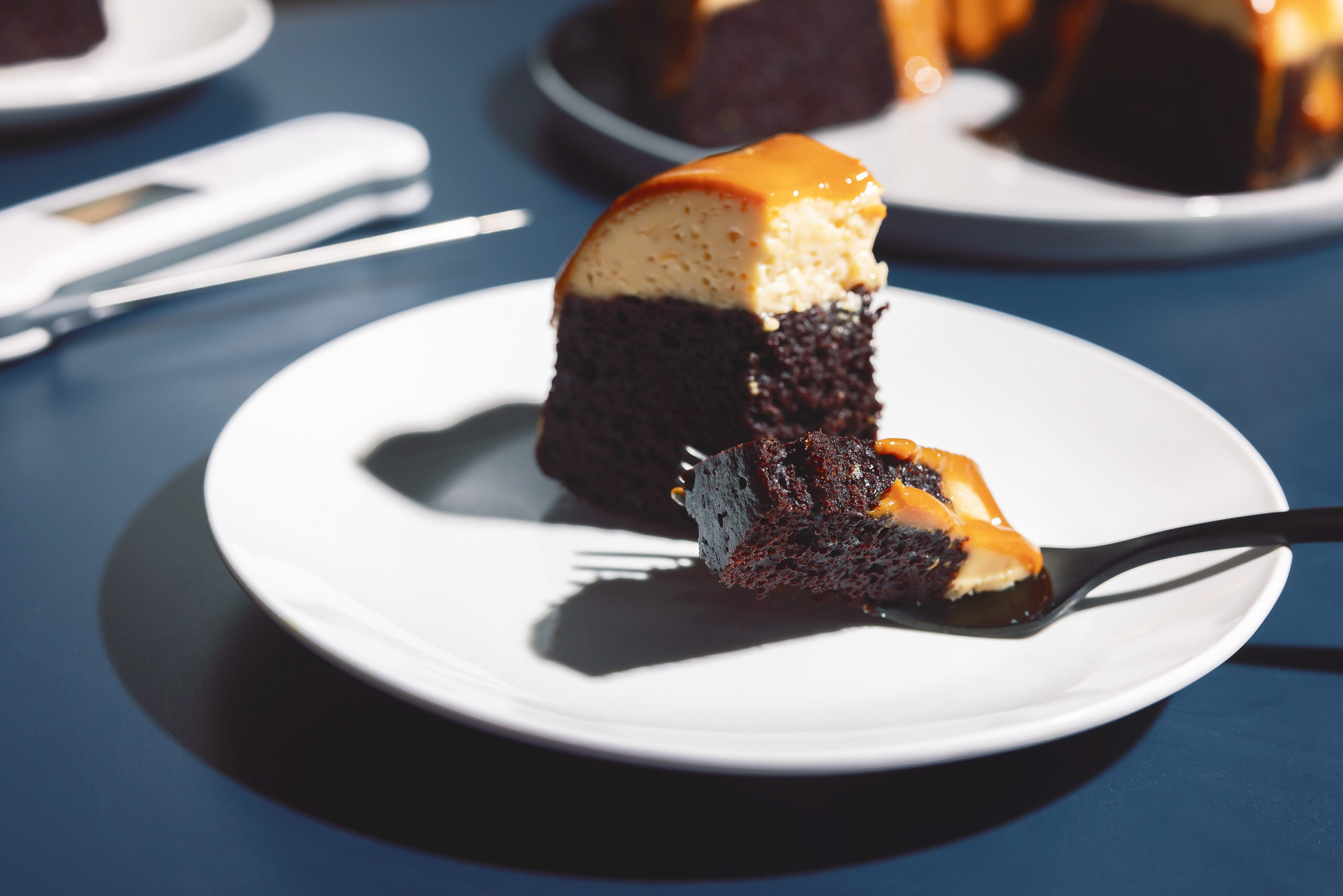
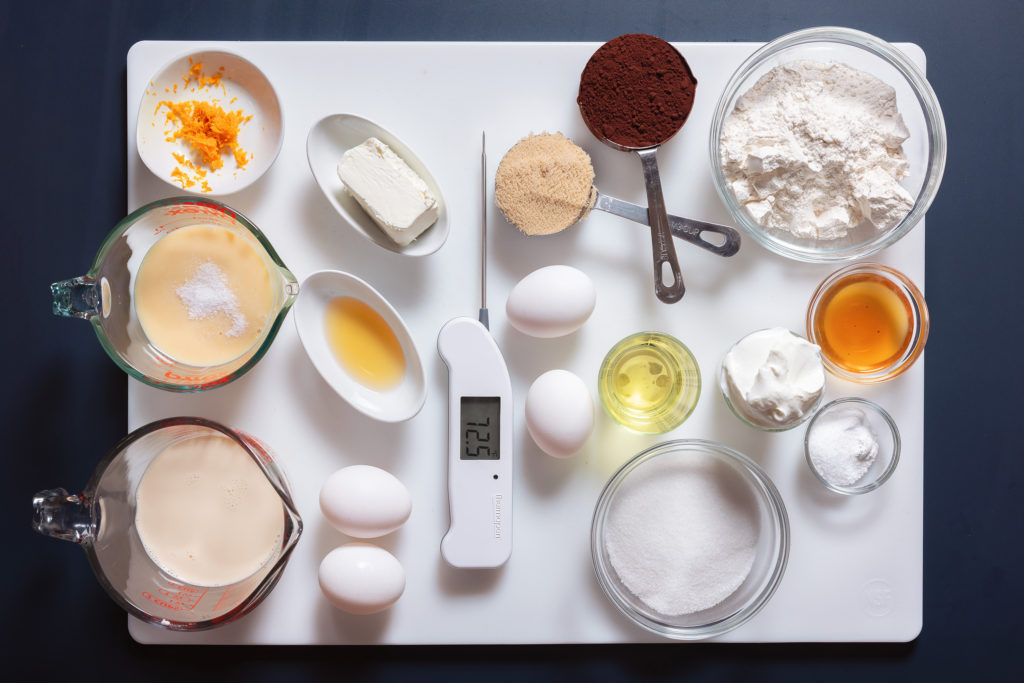
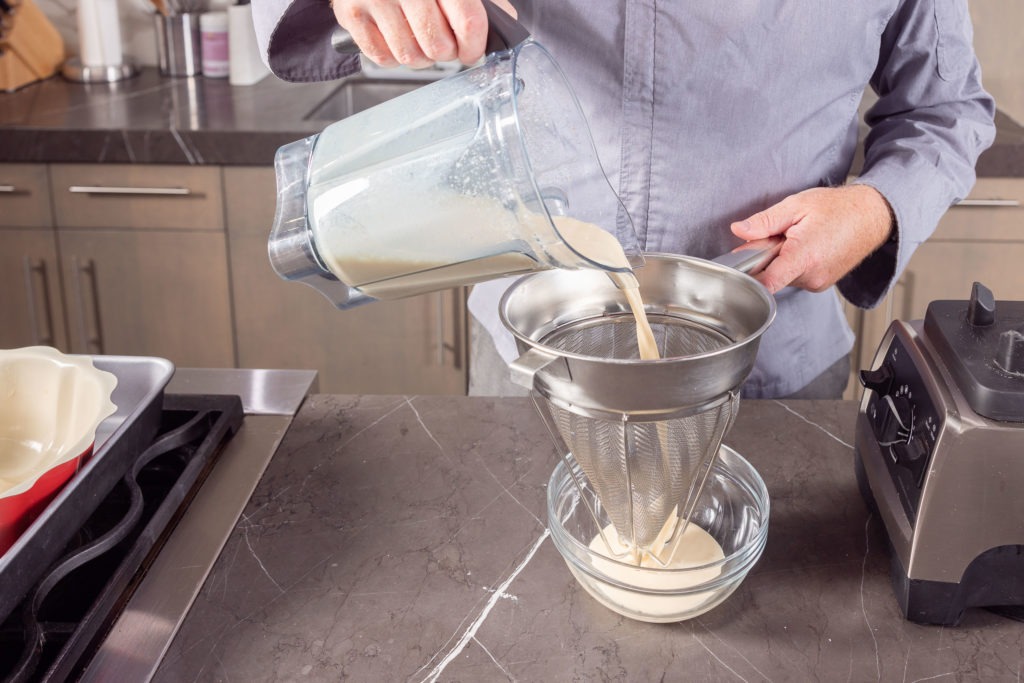
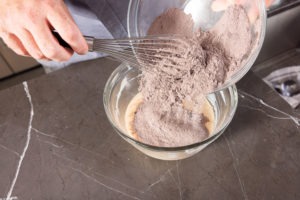
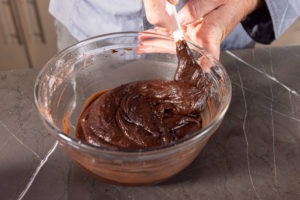
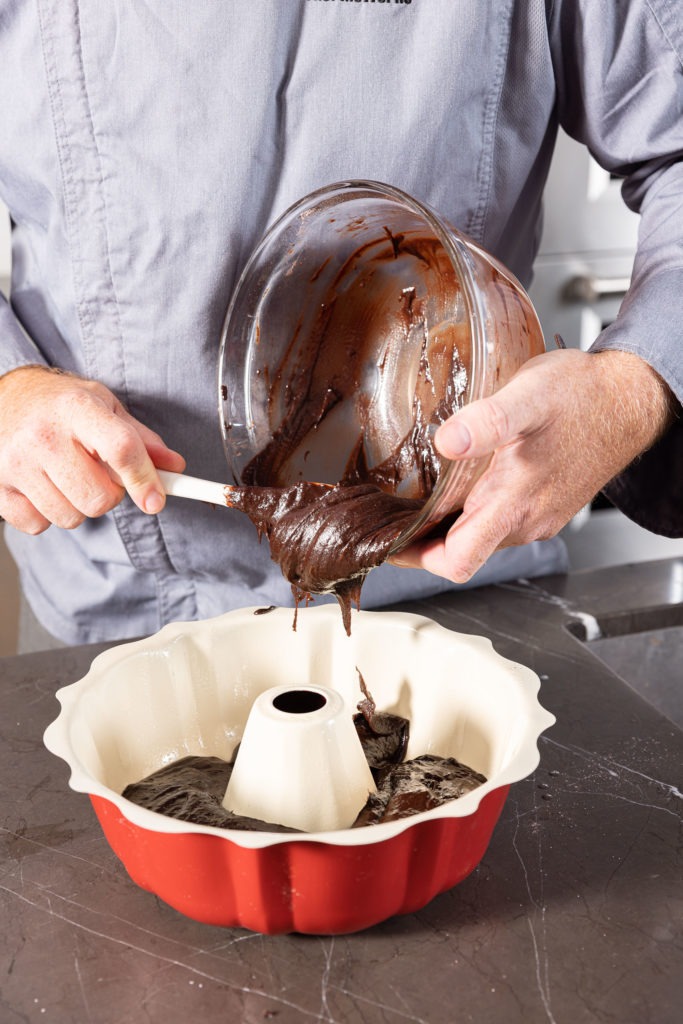
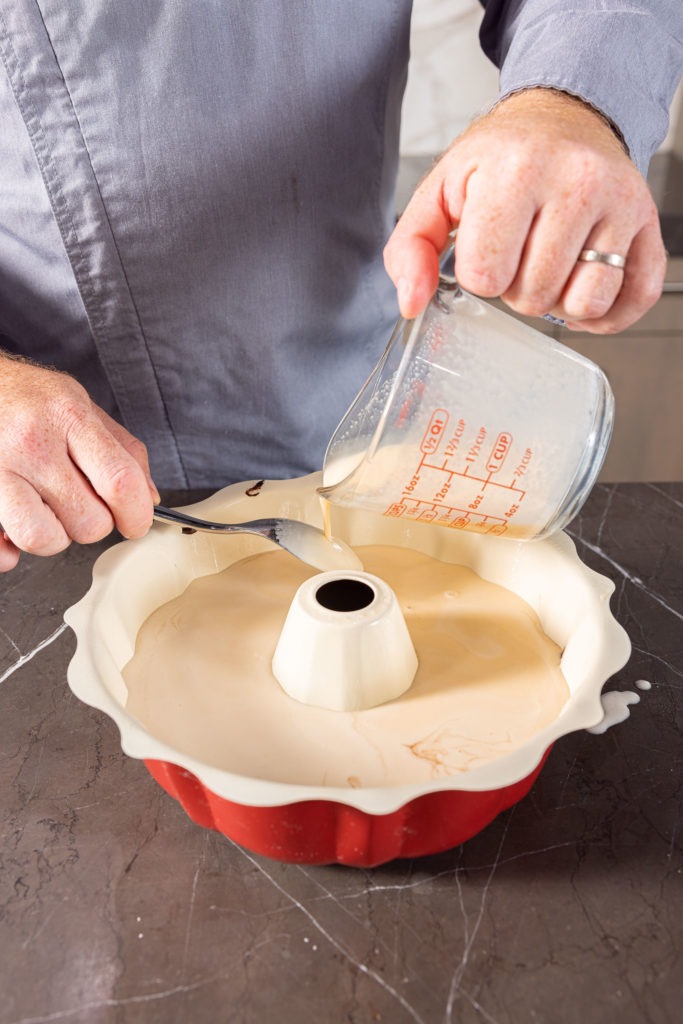
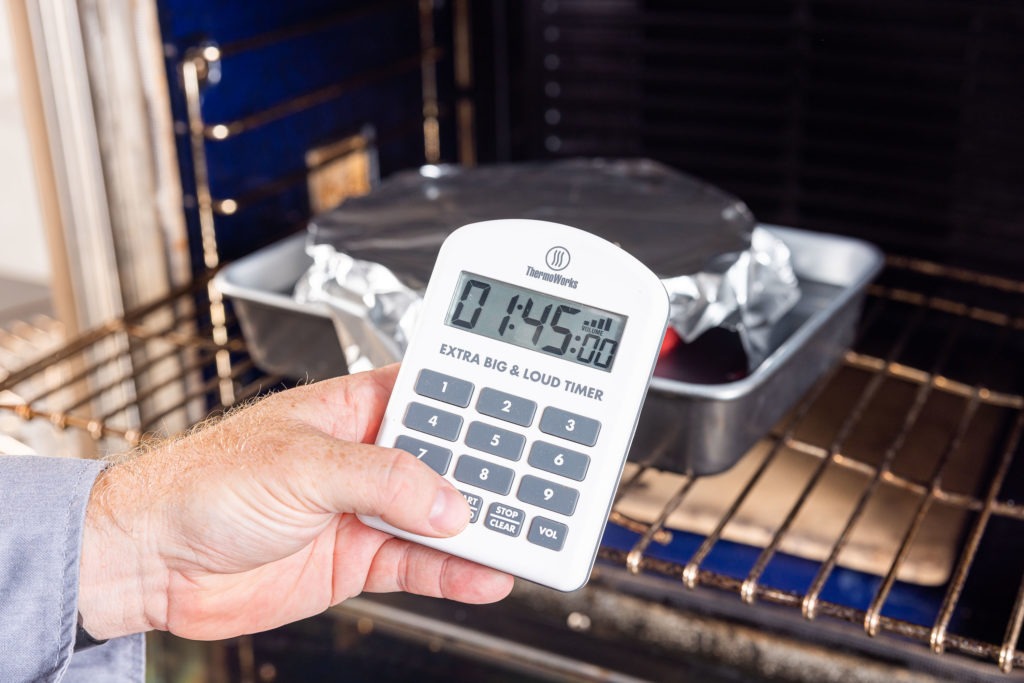
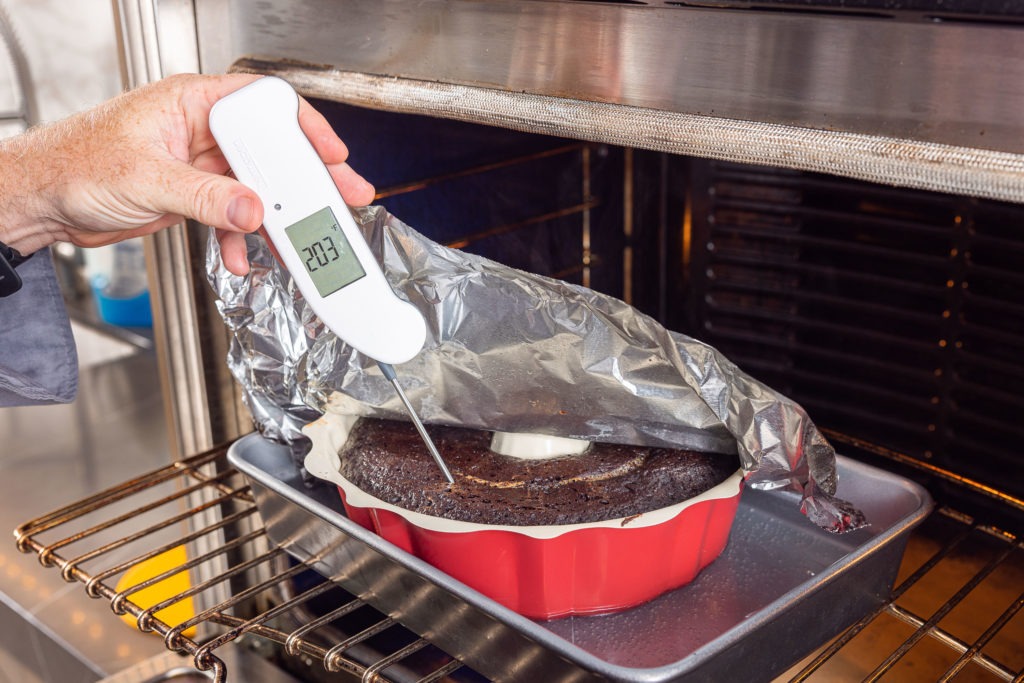
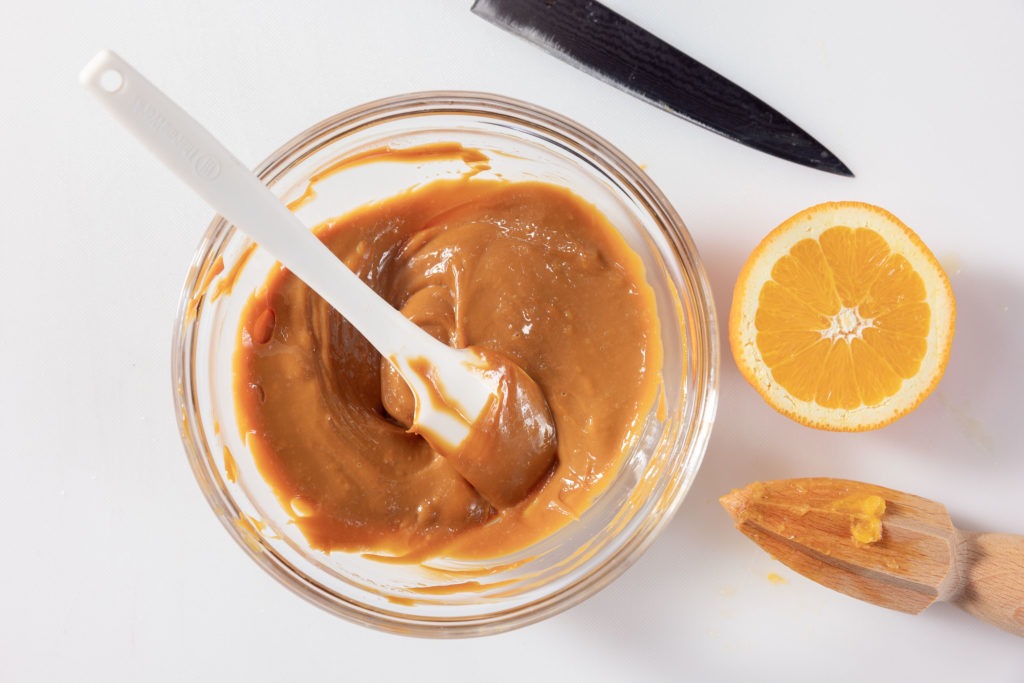
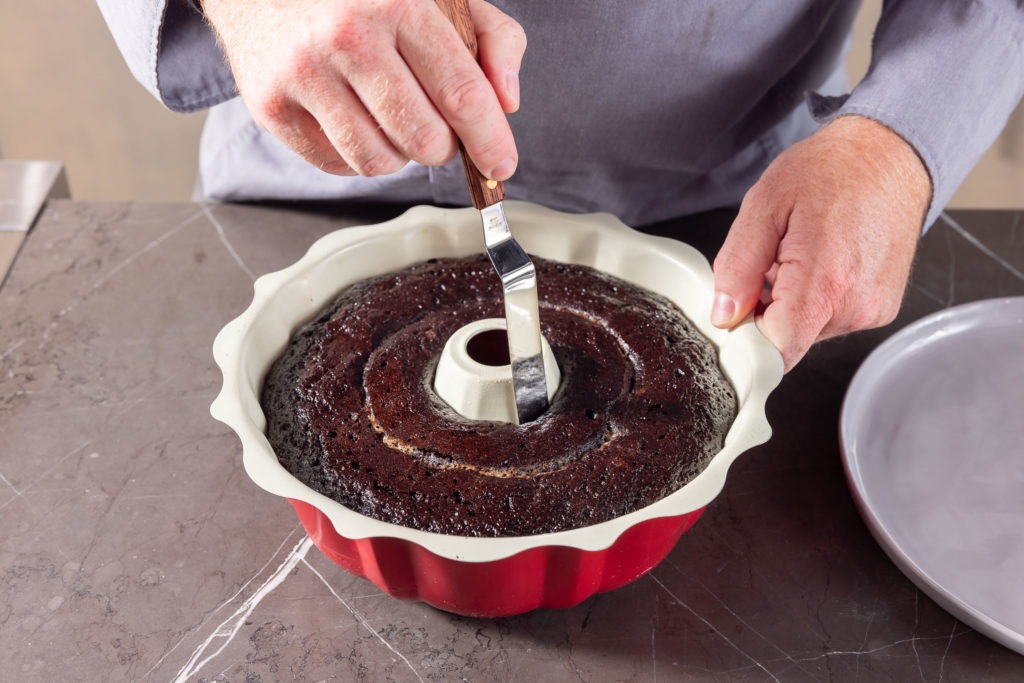
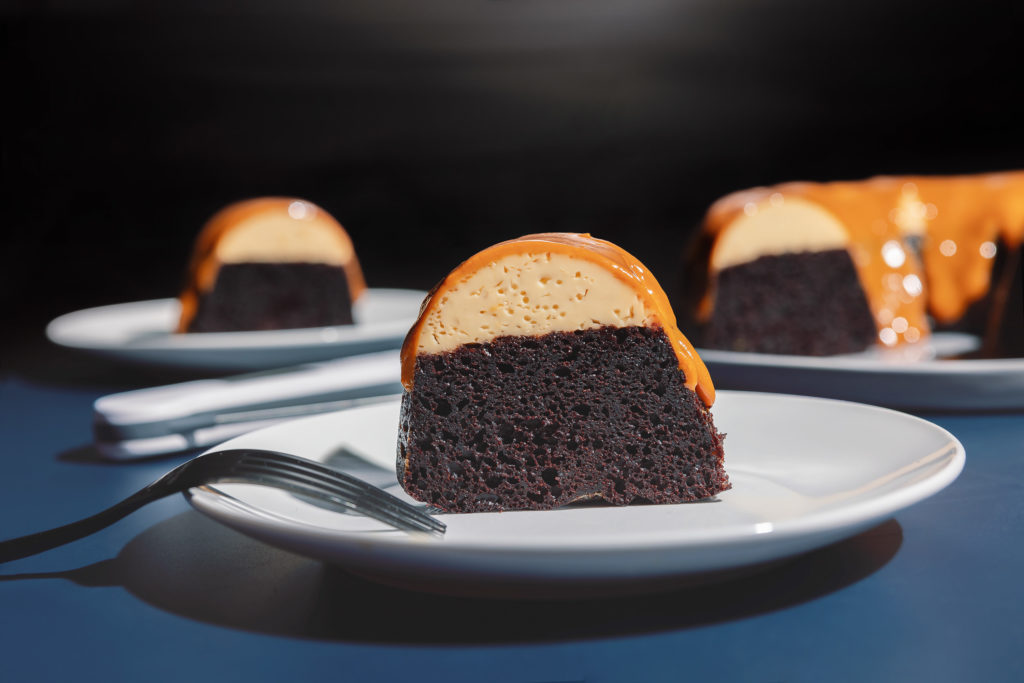

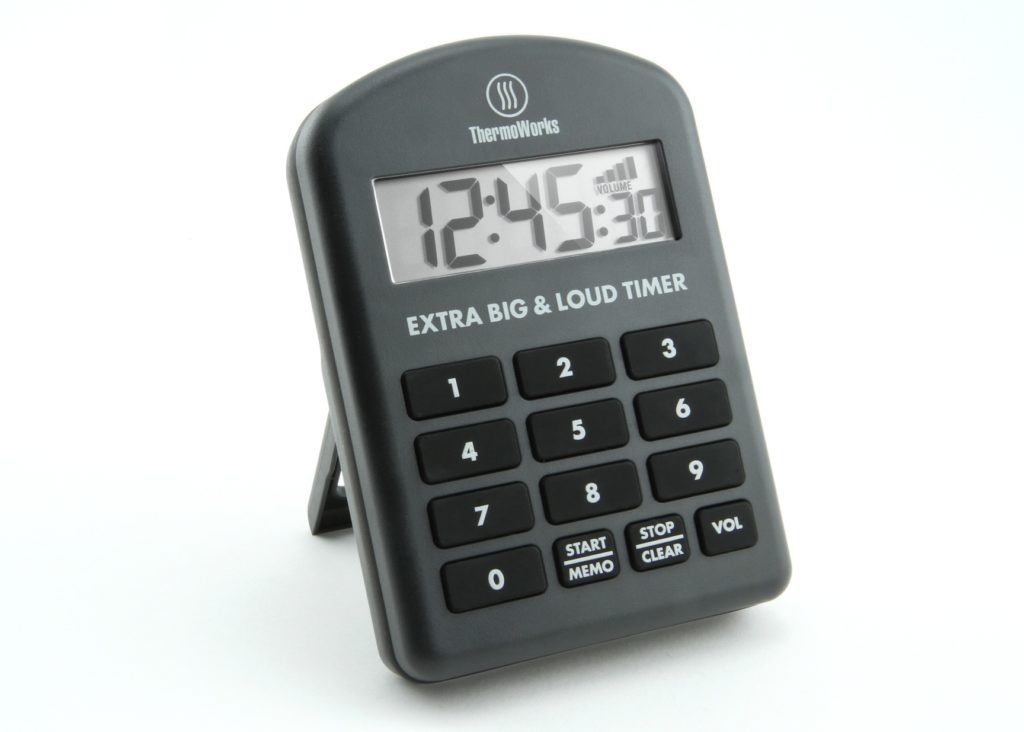
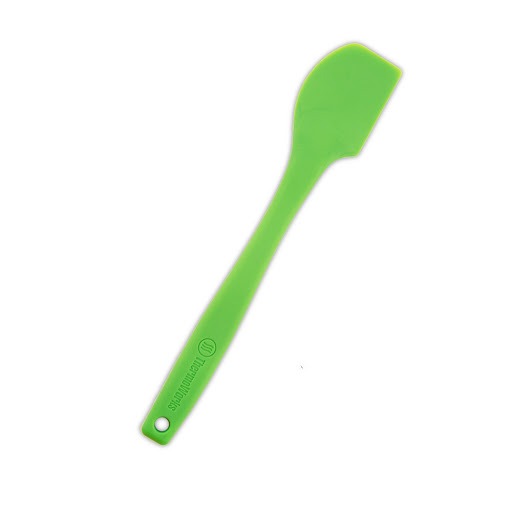
THIS IS AN AWESOME ARTICLE! I make a Margarita version of this cake, with tequila, lime zest, and lemon zest. Very helpful to have the recommended temperatures.